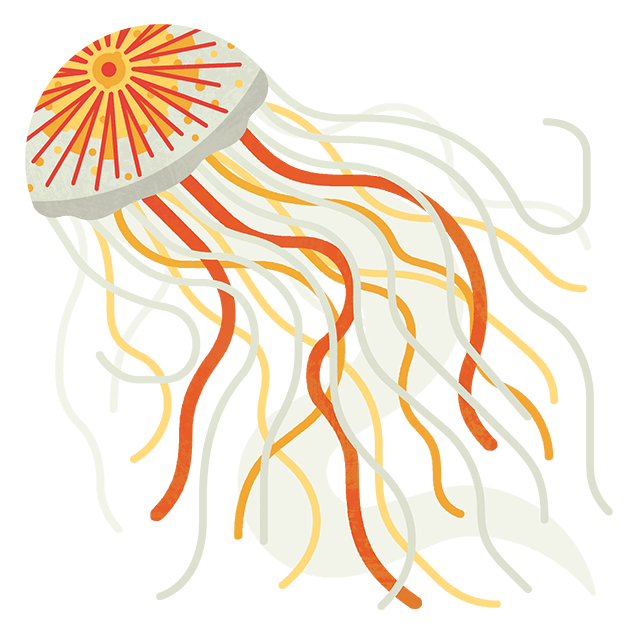
An introduction to Marine Protected Areas (MPAs)
Marine Protected Areas (MPAs), like national parks and nature reserves on land, are set up to look after particular animals, plants and habitats at sea.
What is an MPA?
Some MPAs are very large. Dogger Bank MPA is about four times the size of the Lake District and the West of Scotland MPA is larger than Scotland itself!
Government conservation bodies carry out surveys to determine which habitats need protecting. This conservation advice from experts helps law makers understand how human activity may be disturbing species and ecosystems, and what specific measures are needed to protect them.
MPAs around the UK
Use our interactive map to explore Marine Protected Areas and areas of conservation around the UK, and see where damaging fishing activity is still happening within our protected seas.
Why MPAs are important
MPAs are a globally recognised approach to halting biodiversity loss in our ocean and encouraging the recovery of marine wildlife and their habitats.
These sites can also safeguard and recover important 'blue carbon' habitats - those that absorb and store carbon - and help in our fight against climate change.
When these habitats are degraded and the seabed is disturbed, stored carbon is released back into the water and can re-enter the atmosphere. By protecting and rewilding our marine environments, we can keep carbon locked in the ocean through increased numbers of marine species and healthier marine habitats.

Credit: Norrie3699 via Shutterstock
Fishing in MPAs
Fishing is allowed in almost all Marine Protected Areas but it has to be carefully monitored. It mustn't degrade the species or habitats which the area is designed to protect.
Commercial fishing that involves bottom-trawling (dragging weighted nets across the bottom of the seabed) or dredging (using heavy-duty metal framed nets) causes damage to the seabed, destroying precious ecosystems.
Much of the damage has been done over the last 130 years and continuing to trawl the seabed prevents the potential for recovery.
In 2021, we released a report which found that bottom trawling is taking place in 98% of the UK's offshore Marine Protected Areas designed to protect vital seabed habitats. Fisheries management measures have been put in place to protect over 16,000km square of offshore MPA seabed habitat in 2022, including the huge Dogger Bank MPA (over 12,000km square), with more measures anticipated in 2023 and 2024.
We've recently published new research to show that protecting offshore MPAs from bottom trawling will have economic benefit to society in the shape of improved 'ecosystem services' - such as nutrient cycling, carbon capture, and improved conditions for marine recreation.
Our work so far
For nearly 40 years, we've been fighting for a cleaner, better-protected and healthier ocean.
Our work has resulted in over 50 Marine Protected Areas in inshore waters receiving bans on damaging fishing activity, like bottom trawling and dredging.
We've enabled legislation in Scotland, England and Wales. Our campaigns have mobilised over 100,000 UK citizens to call for truly protected Marine Protected Areas.

Seagrass bags on the ocean floor
Credit: Ocean Conservation Trust
Rewilding our waters
We work alongside communities, with UK and devolved governments and local regulators to make sure that any management measures put in place work for everyone.
Here are some examples of what we're doing to protect and rewild our waters, together with our partners:
- Campaigning for a world-first protected area for basking sharks and minke whale in the Sea of Hebrides
- Working with boat users and the local community to save the seagrass meadows of Plymouth
- Collaborating with The Glenmorangie Company and Heriot-Watt University to reintroduce native oysters to the Dornoch Firth
- Helping kelp on the Sussex coast with the local community and fellow environmental organisations...and Sir David Attenborough!
Our vision for the future
At present only 6% of offshore MPAs with protected seabed habitats are protected from bottom-towed fishing gear, like bottom trawls.
Many of the UK's MPAs are dubbed 'paper parks': their protections are little more than lines on a map. For these sites to be truly effective, they must be properly managed. This means banning damaging activity from certain sites, like bottom trawling vital seabed habitats. We need governments to lead with proper regulation, controls, enforcement and monitoring.
We researched the cost-benefit of banning bottom-contact fishing from the UK’s offshore MPAs designated to protect seabed features. The overall net benefit could amount to between £2.57 billion and £3.5 billion over a 20-year period. You can read our report here: A socio-economic analysis of a bottom-contact fishing ban in the UK
We're calling for at least 30% of the ocean to be highly or fully protected by 2030, to allow our ocean to recover and thrive once more.










